Report this entry
More from the same community-collection
Globe Dept. Store and the Lenox Hotel
The building which housed the Globe Dept. Store and the Lenox ...
Al's Shop For Men - El Paso, Texas
Al's shop for Men, owned by J. Lowell Smith. Store Front with ...
Al's Shop For Men - El Paso, Texas
Al's shop for Men, owned by J. Lowell Smith. Store Front with ...
Al's Shop For Men - El Paso, Texas
Al's Shop For Men located downtown El Paso, Texas. Time period ...
Al's Shop For Men- El Paso, Texas
Al's Shop For Men located downtown El Paso, Texas. Time period ...
Al's Shop For Men - El Paso, Texas
Al's shop for Men, owned by J. Lowell Smith. Cars and people in ...
Centro de los trabajadores agrícolas fronterizos
Centro de los trabajadores agrícolas fronterizos at 201 ninth ...
Centro de los trabajadores agrícolas fronterizos
Centro de los trabajadores agrícolas fronterizos at 201 ninth ...







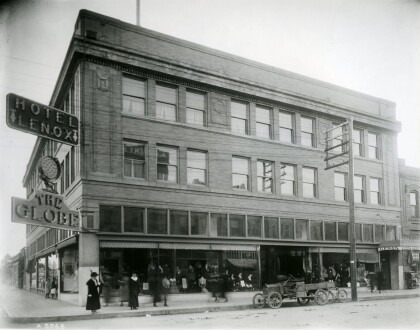
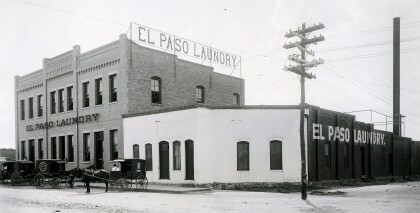
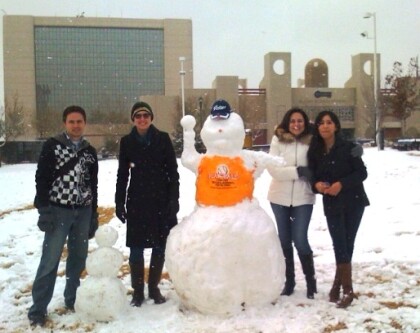
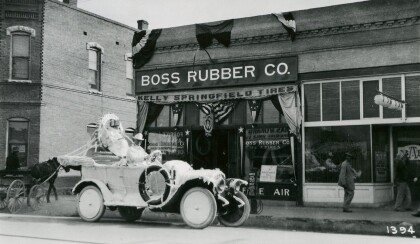
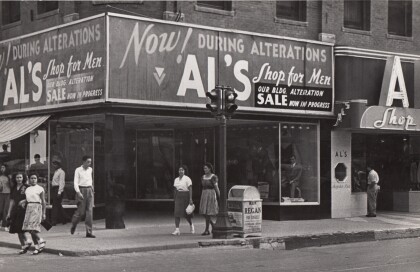
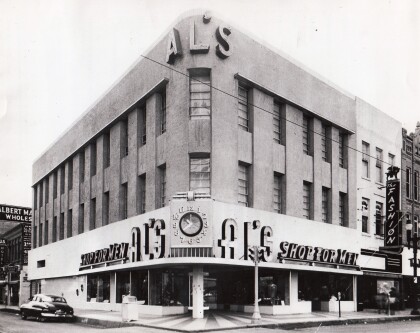
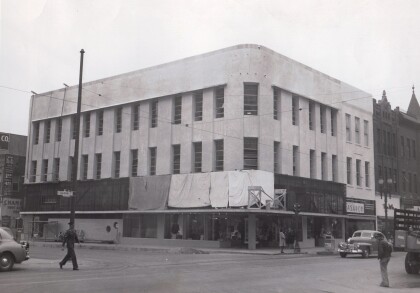
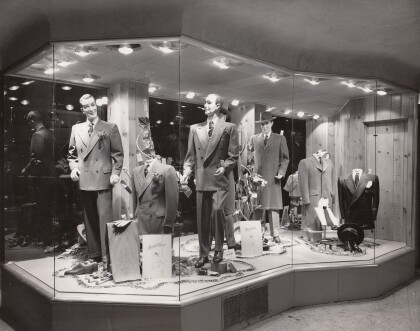
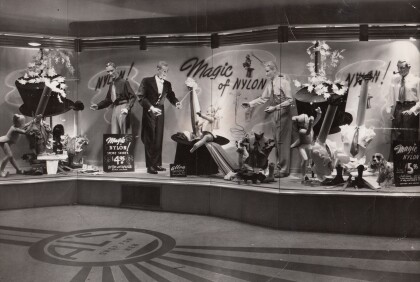
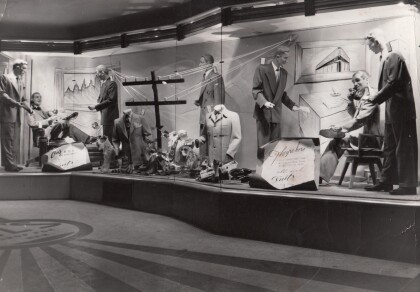
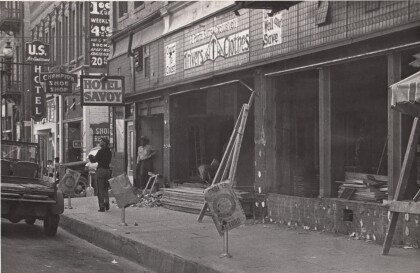
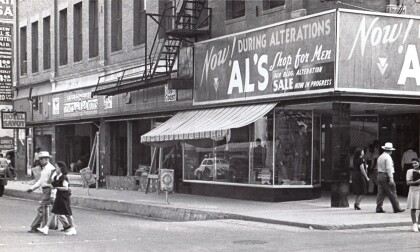
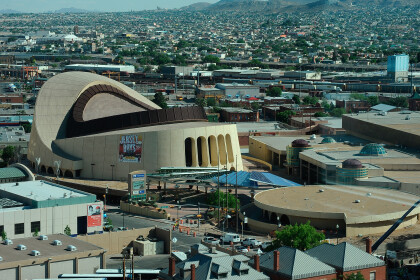
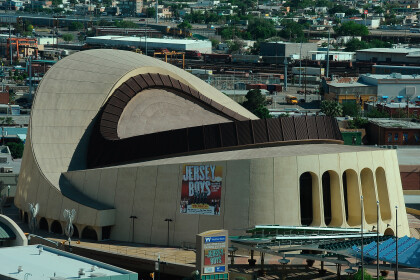
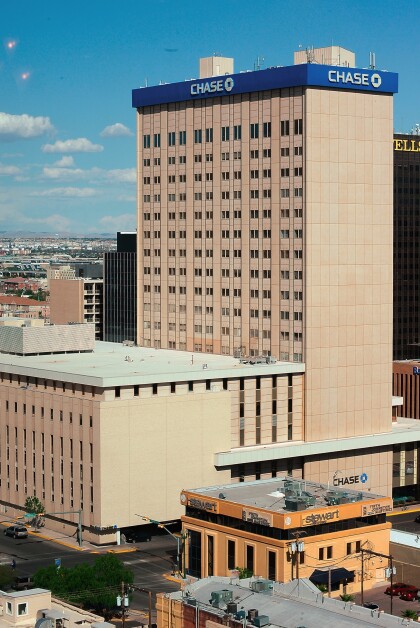
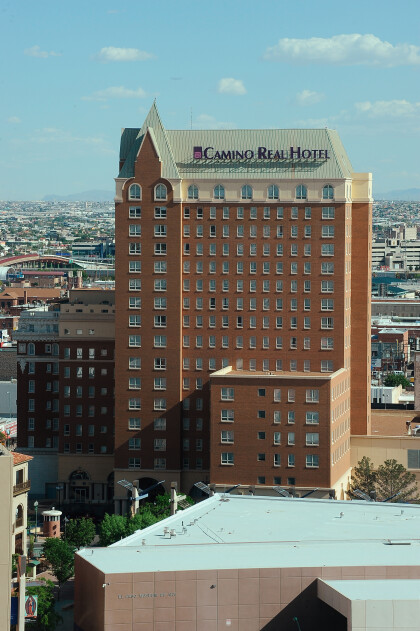
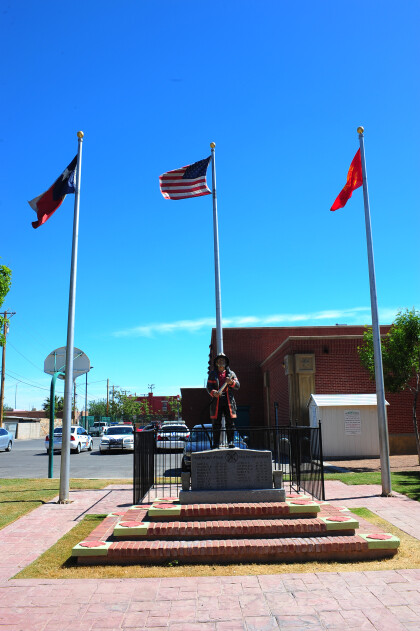
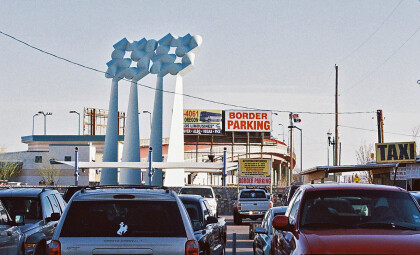
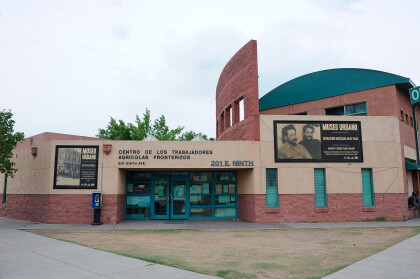
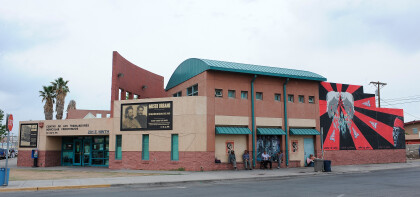
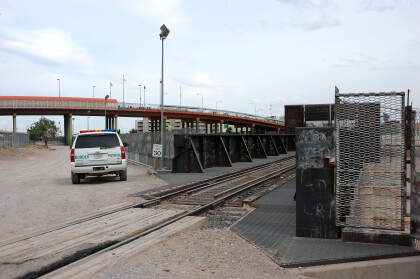
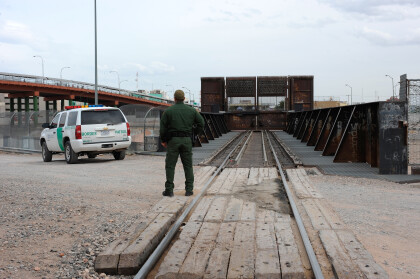
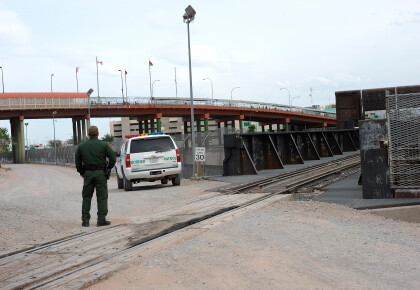
Comments
Add a comment